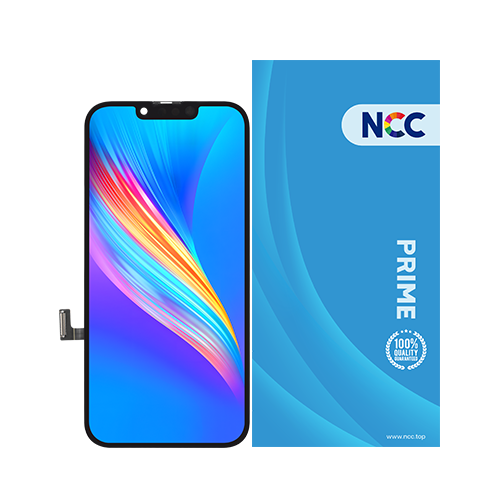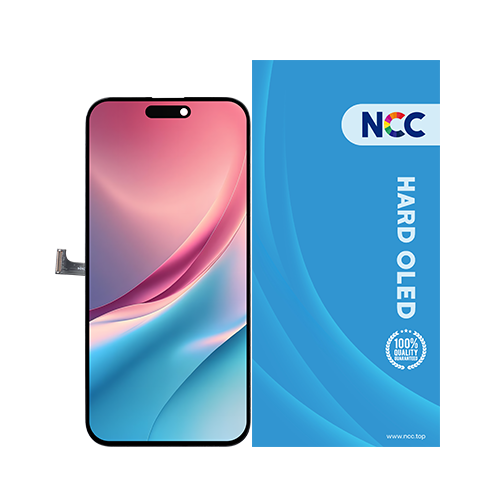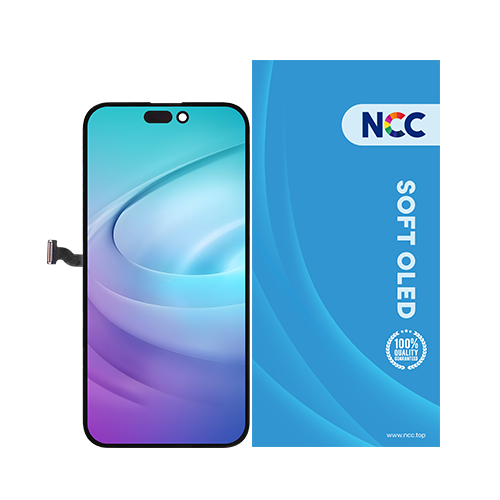A liquid crystal display screen, commonly known as a TFT-LCD, is a remarkable technology that has transformed the way we view images and videos. Comprising three essential layers—two glass substrates with a layer of liquid crystal sandwiched in between—TFT-LCDs are the backbone of many modern devices, from smartphones to televisions.

The Structure of a TFT-LCD
At the core of a liquid crystal display screen are two glass substrates. The upper glass substrate is attached to a color filter, while the lower glass substrate is embedded with thin film transistors (TFTs). When current flows through the transistors on the lower substrate, it generates an electric field that causes the liquid crystal molecules to deflect. This deflection alters the polarization of light, which is then manipulated by a polarizing plate to determine the brightness or darkness of each pixel.
Each pixel in a TFT-LCD contains red, green, and blue components, which combine to create the vibrant video images we see on our screens. The area occupied by each pixel is dictated by the thin film transistors on the lower layer, which also influence the resolution and maximum brightness of the display. Additionally, the electron transfer rate of the transistors plays a crucial role in determining the power consumption of the entire liquid crystal display screen. A higher electron transfer rate results in lower power consumption, making it an essential factor in display technology.
Thin-Film Transistor Technologies
Currently, there are three primary thin-film transistor technologies used in LCD screens: Alpha-Si (a-Si, amorphous silicon), IGZO (indium gallium zinc oxide), and LTPS (low-temperature polysilicon). Each of them has unique features and applications.
Alpha-Si (a-Si)
Early TFT-LCDs predominantly used a-Si as the substrate material due to its simplicity and low cost. However, the large pixel area occupied by the switch itself results in a low aperture ratio, making it challenging to achieve high brightness levels. As consumer demand for higher resolution and more vibrant colors increases, a-Si technology is becoming less capable of meeting these requirements.
IGZO Technology
Indium Gallium Zinc Oxide (IGZO) represents a new generation of thin-film transistor technology. This metal oxide panel technology offers several advantages, including high mobility, good uniformity, and transparency. IGZO displays are more stable under light exposure and can be made flexible, making them suitable for innovative display designs. However, IGZO also has some drawbacks, such as a relatively short lifespan and sensitivity to environmental factors like water and oxygen, necessitating protective layers that can slow down mass production.
LTPS Technology
Low-temperature poly-silicon (LTPS) technology is increasingly being adopted for high-end devices. Formed by irradiating amorphous silicon with laser light, LTPS boasts higher electron mobility, resulting in superior resolution, faster response times, and increased brightness. Its compatibility with OLED technology is a significant advantage, as LTPS can meet the high substrate conductivity required for current-driven OLED displays. LTPS screens also feature narrower bezels, higher contrast, and lower power consumption, making them ideal for high-end smartphones, gaming devices, and virtual reality applications.
As technology continues to evolve, so does the landscape of liquid crystal display screens. The a-Si, IGZO, and LTPS technologies each have their strengths and weaknesses, but they all play vital roles in the LCD market. With ongoing innovations and improvements, we can expect these technologies to expand into even more applications in the future. Understanding the intricacies of TFT-LCDs not only enhances our appreciation for the devices we use daily but also highlights the remarkable advancements in display technology that continue to shape our visual experiences.



